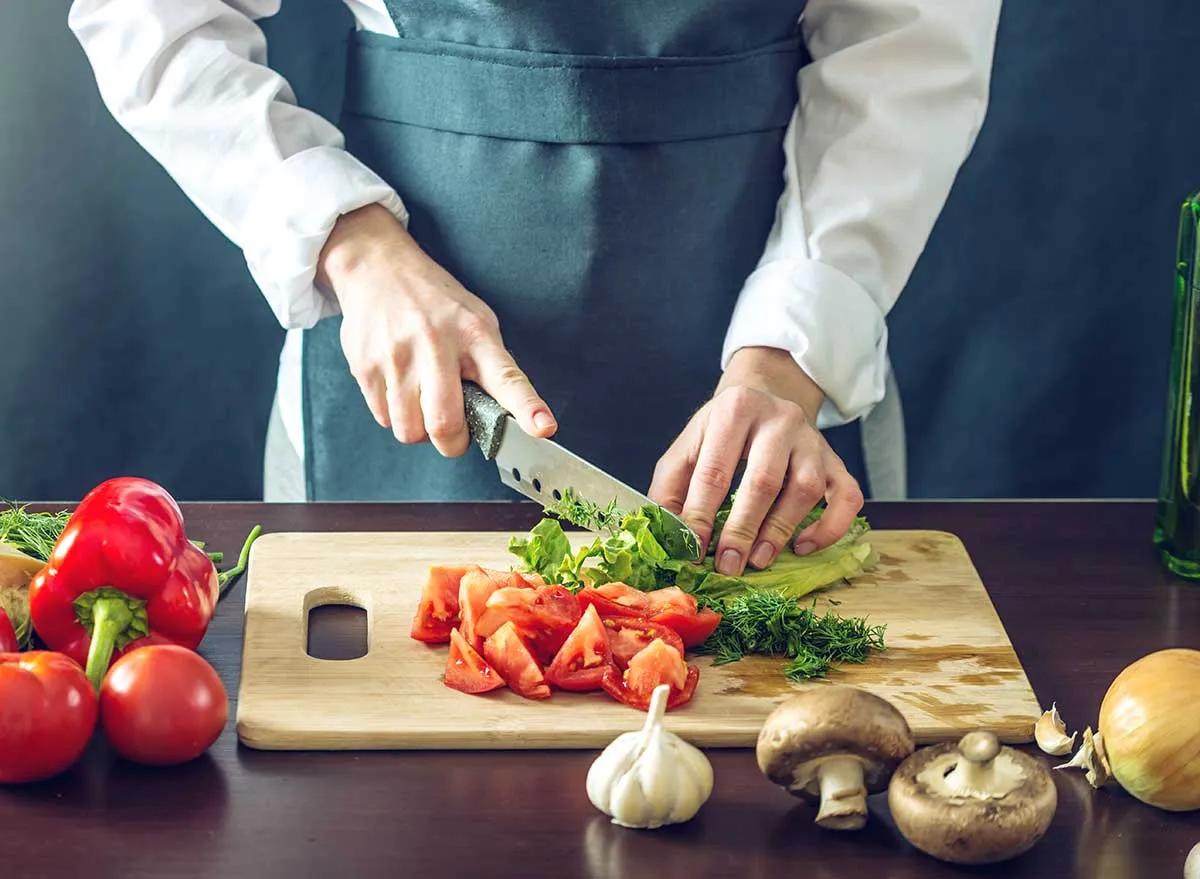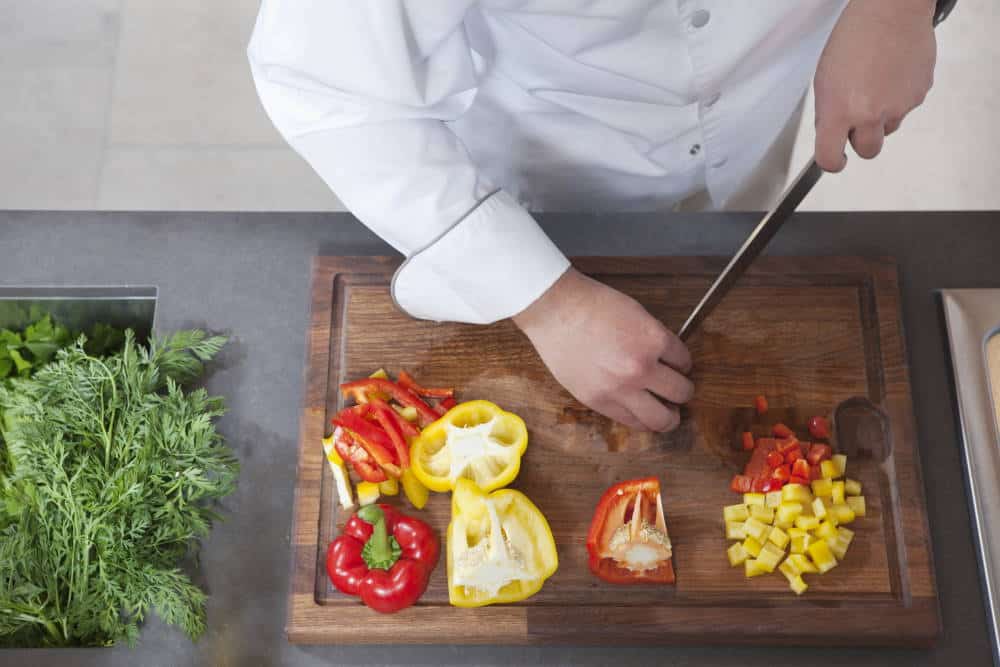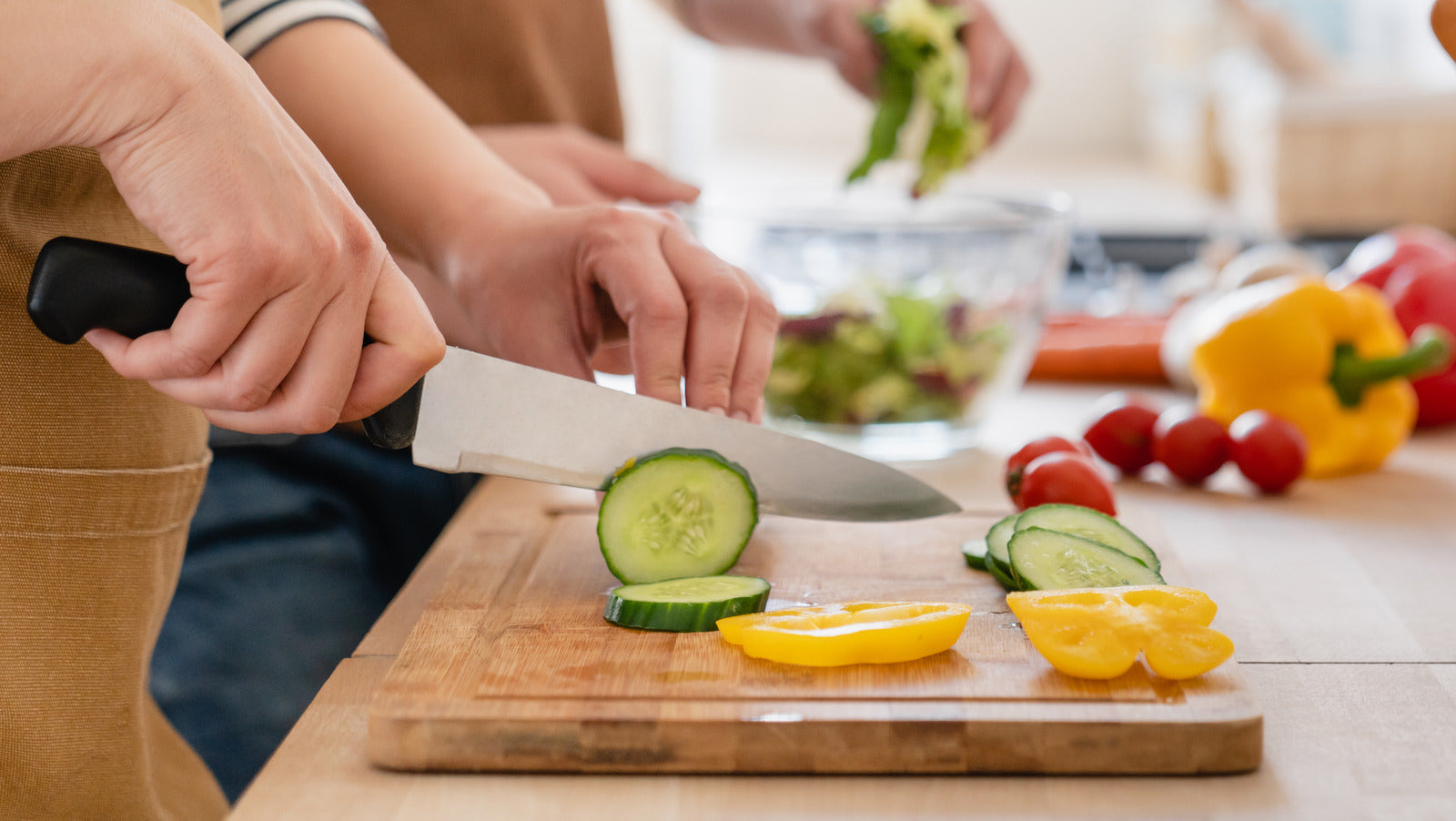For many kitchen professionals, a wood cutting board is a cherished and indispensable tool. It has an enduring charm, but over time, you may find that your trustworthy cutting board develops a persistent stickiness that's not only unpleasant but also unhygienic. Understanding how to remove sticky residue from wood cutting board is a life-changing skill that will ensure your board remains functional and safe for years to come.

What Causes Sticky Residue on a Wood Cutting Board?
Before diving into the solutions, it's essential to understand the causes behind this sticky dilemma. A sticky cutting board is often the result of a buildup of oils (both from food and conditioning oils), improper cleaning, or the use of strong cleaning chemicals that leave a residue.
- Food Oils: Foods like meats and fish release oils that seep into the wood's pores.
- Improper Cleaning Practices: Using the wrong cleaning agents or neglecting regular upkeep can cause grime to settle.
- Too Much Conditioning Oil: Over-oiling with substances like mineral oil can leave the board feeling sticky.
Tools and Ingredients for Tackling Sticky Residue
To effectively clean your wood cutting board, you'll need materials that are readily available and approved for kitchen use:
- White vinegar
- Baking soda
- Lemon juice
- Mild dish soap
- A scrub brush or sponge
- Mineral oil (for reconditioning)
Step-by-Step Guide to Removing Sticky Residue from Your Cutting Board
1. Scrub with Baking Soda and Lemon Juice
Combining the mild abrasiveness of baking soda with the natural acidity of lemon juice creates a powerful cleaning solution. Spread baking soda across the board's surface and rub vigorously with a halved lemon.
2. Rinse with Warm Water
Use warm, soapy water to remove the residue that loosens during the scrubbing process. Make sure the soap is mild and food-safe to avoid introducing harmful chemicals.
3. Try White Vinegar
White vinegar is a remarkable cleaning agent for removing grease and stickiness. Dampen a cloth with diluted vinegar and wipe the board in circular motions.
4. Use Mineral Oil Sparingly to Recondition
After cleaning, apply a small amount of food-safe mineral oil to condition the wood. This helps restore its natural appearance and prevents future stickiness. Learn more about properly conditioning your board in our complete cutting board mineral oil guide.
Preventing Sticky Residue from Returning
Prevention is the best approach when caring for your wood cutting board. Follow these steps to avoid sticky residue in the future:
- Rinse your board promptly after each use.
- Regularly scrub the board with a mixture of salt and lemon juice to naturally clean and deodorize its surface.
- Refrain from over-applying oil during maintenance sessions. Moderation is key.
Ready to Make the Switch to Cleaner Boards?
Your cutting board, much like other indispensable kitchen tools, requires dedication and regular upkeep. Discover other helpful resources such as choosing the right cutting board for your needs or learning the correct way of using cutting boards to ensure their longevity.

Frequently Asked Questions (FAQ)
1. Can I use olive oil to condition my cutting board?
No, olive oil can go rancid and cause unpleasant smells. Stick to food-grade mineral oil.
2. How often should I clean my wood cutting board?
Clean your board after every use and deep clean it once a month to maintain its hygiene and functionality.
3. Is it safe to soak my wooden cutting board in water?
No, soaking can cause the wood to swell and eventually warp. Always clean wooden boards manually and promptly dry them.
For more insights into kitchen maintenance, visit our article on how to care for cooking tools.
This article contains affiliate links. We may earn a commission at no extra cost to you.






Leave a comment
This site is protected by hCaptcha and the hCaptcha Privacy Policy and Terms of Service apply.